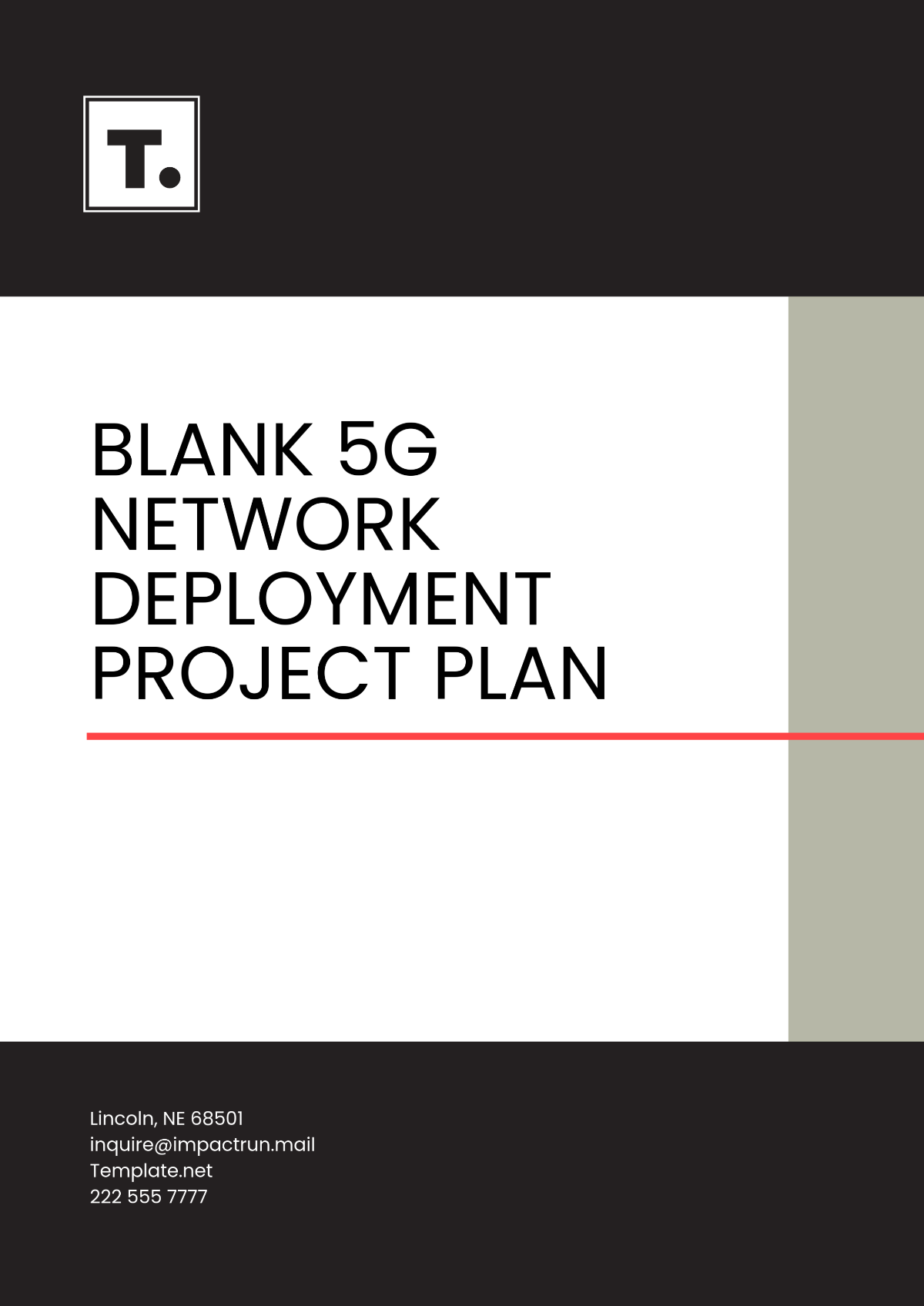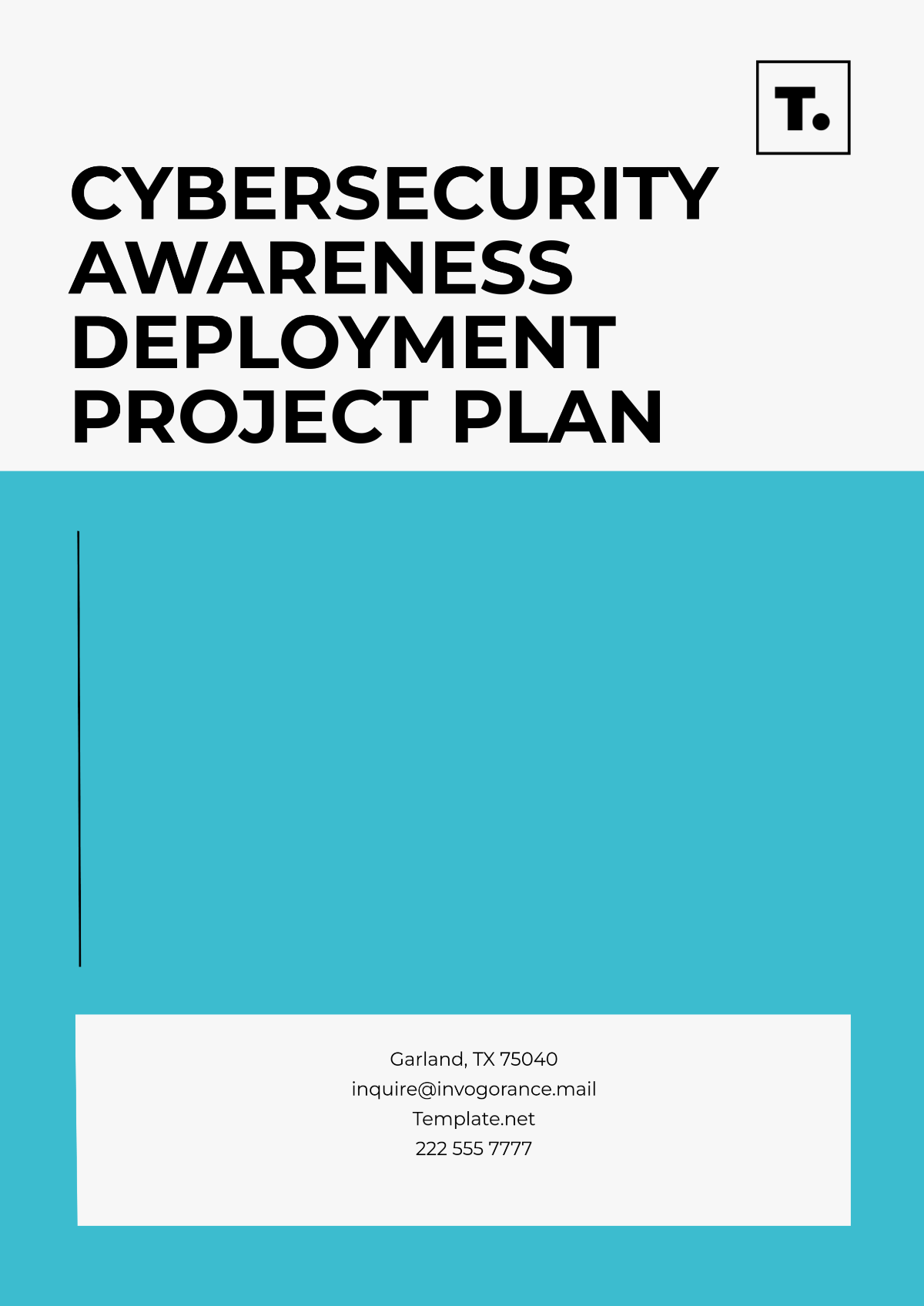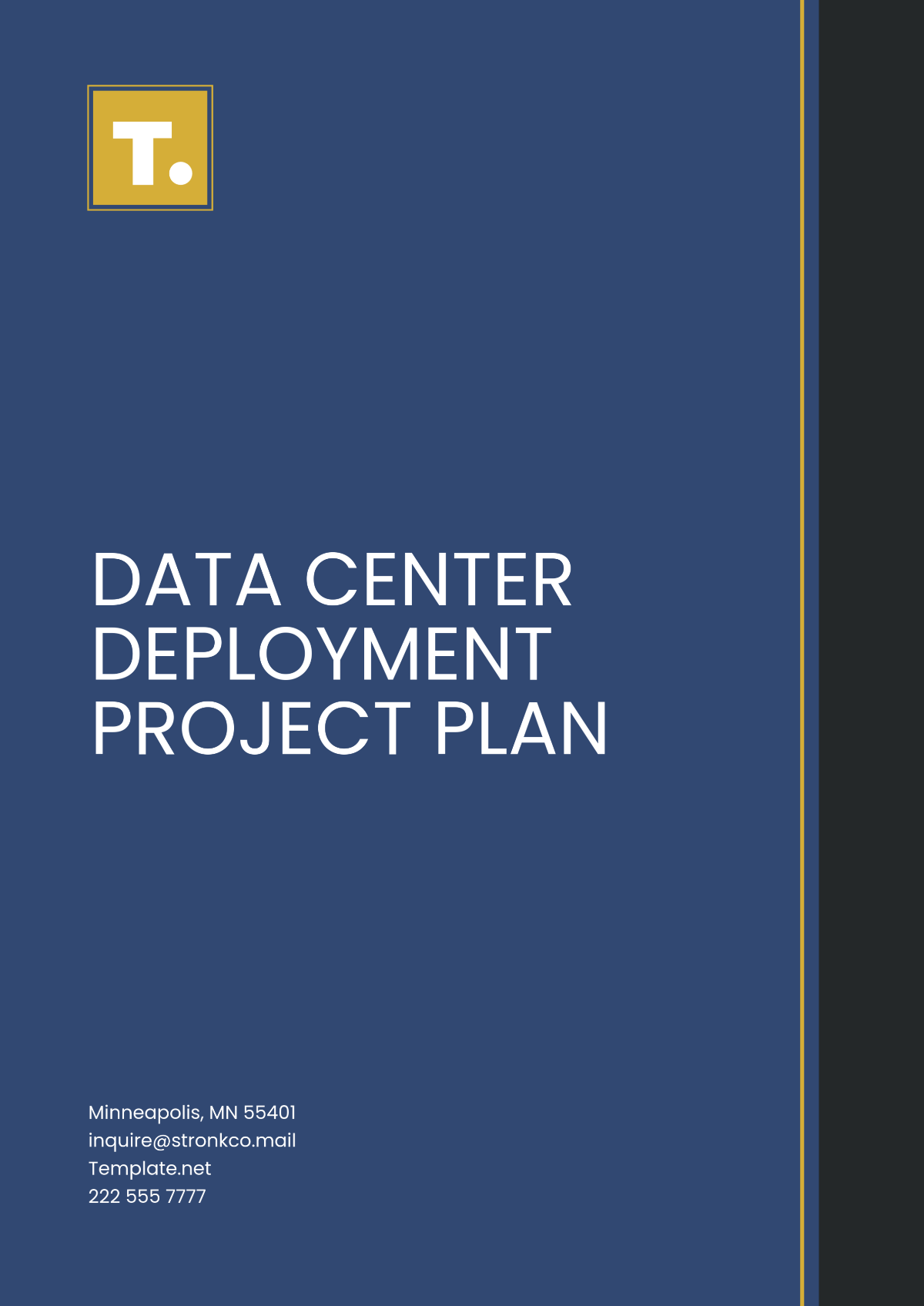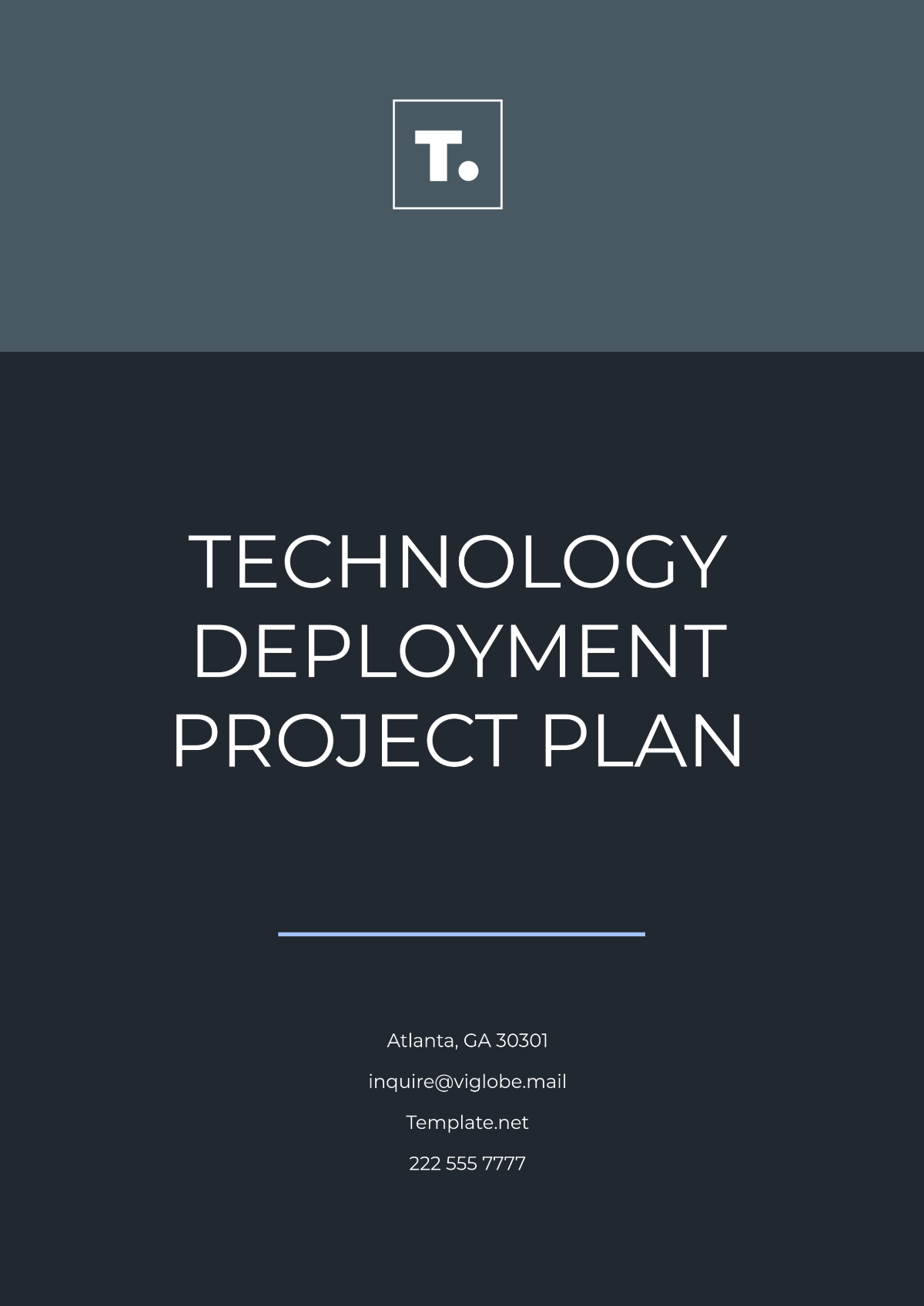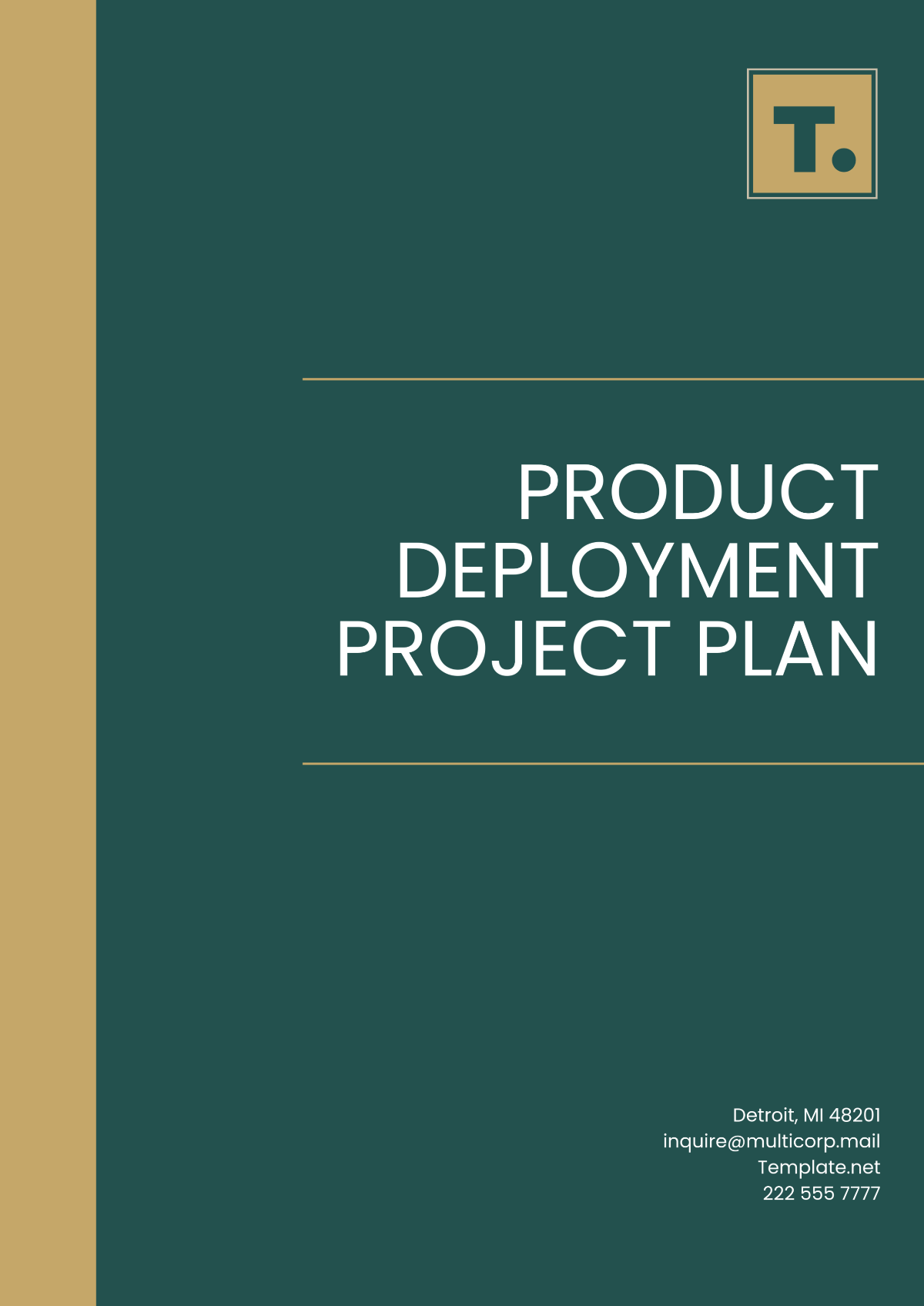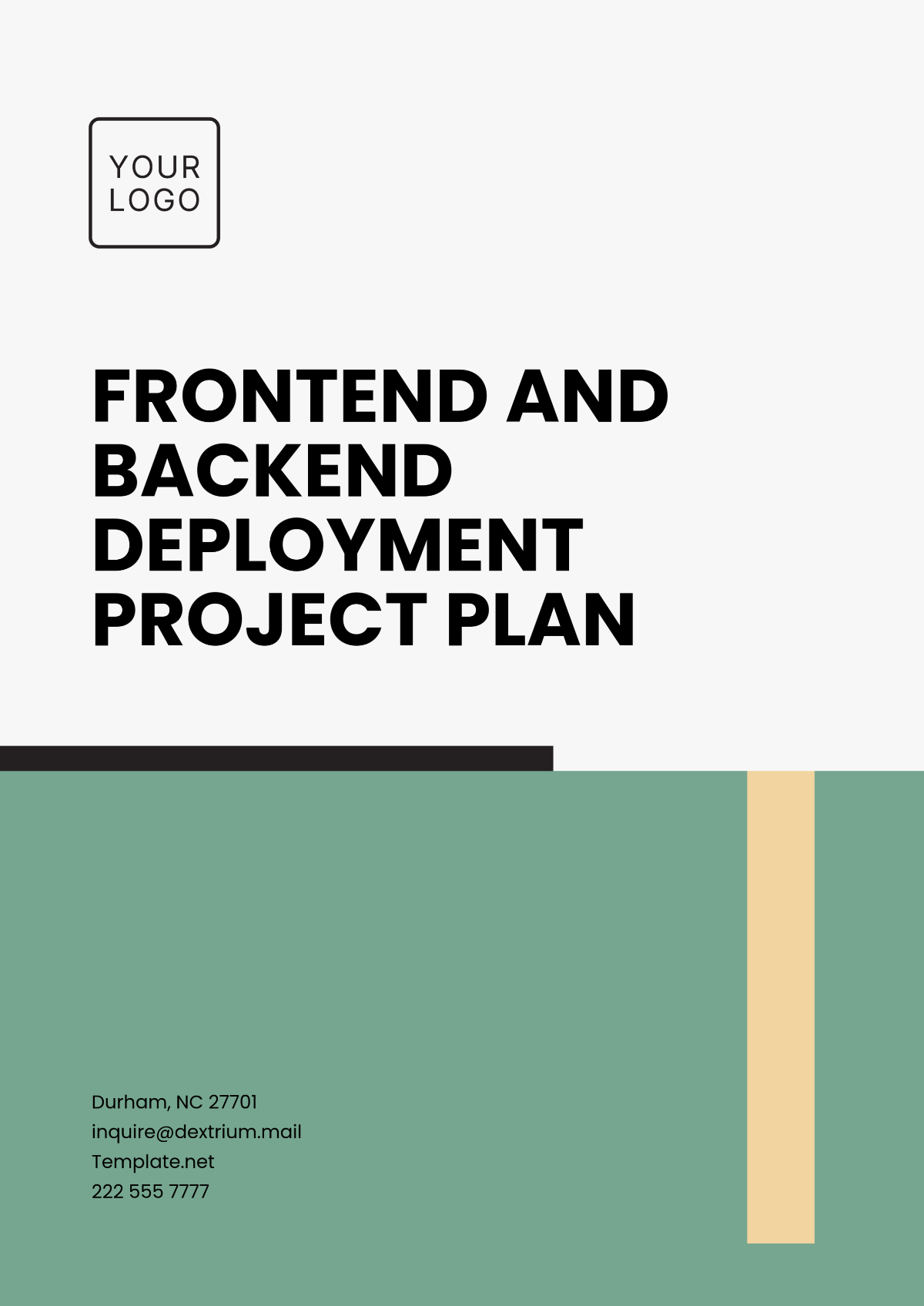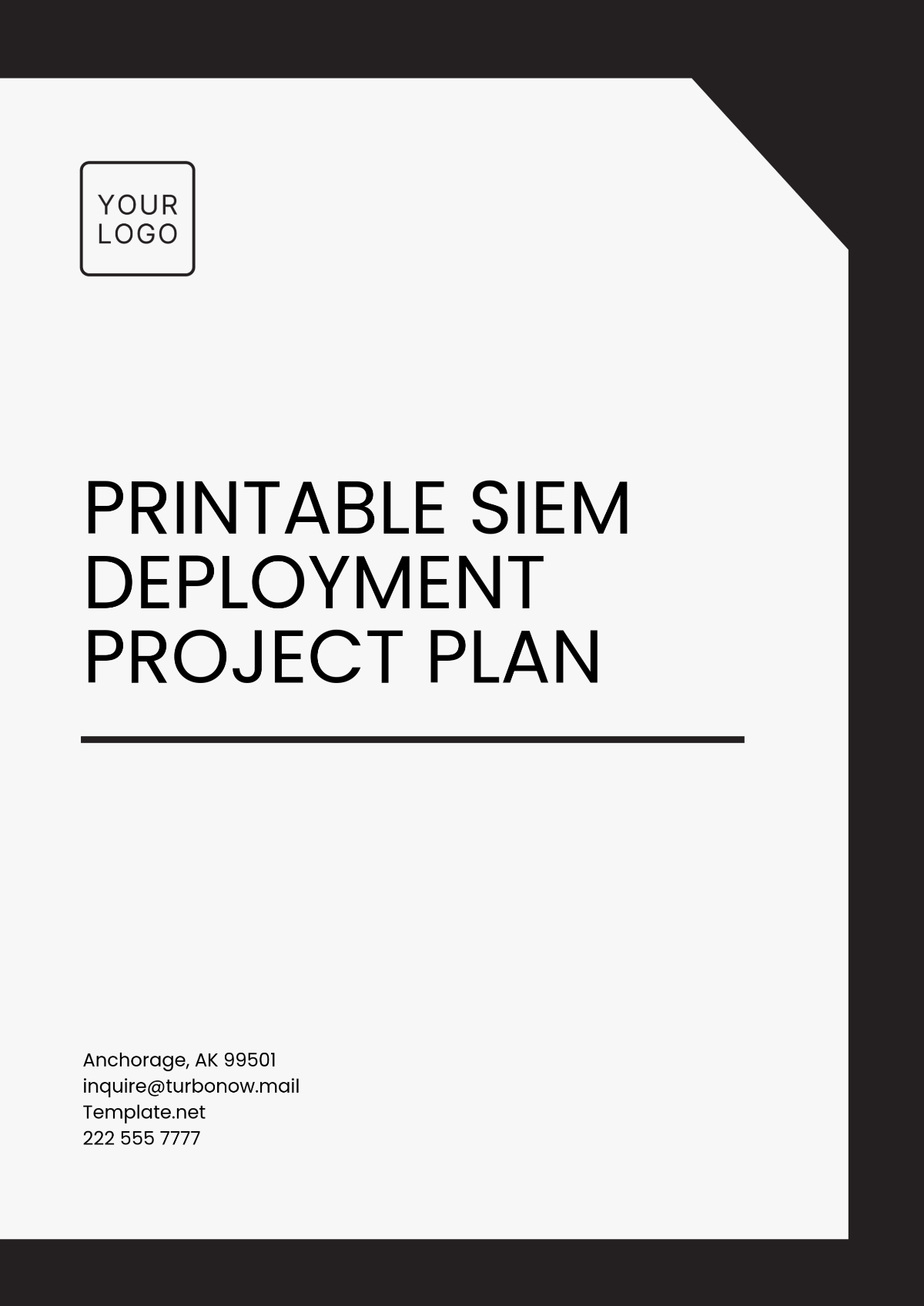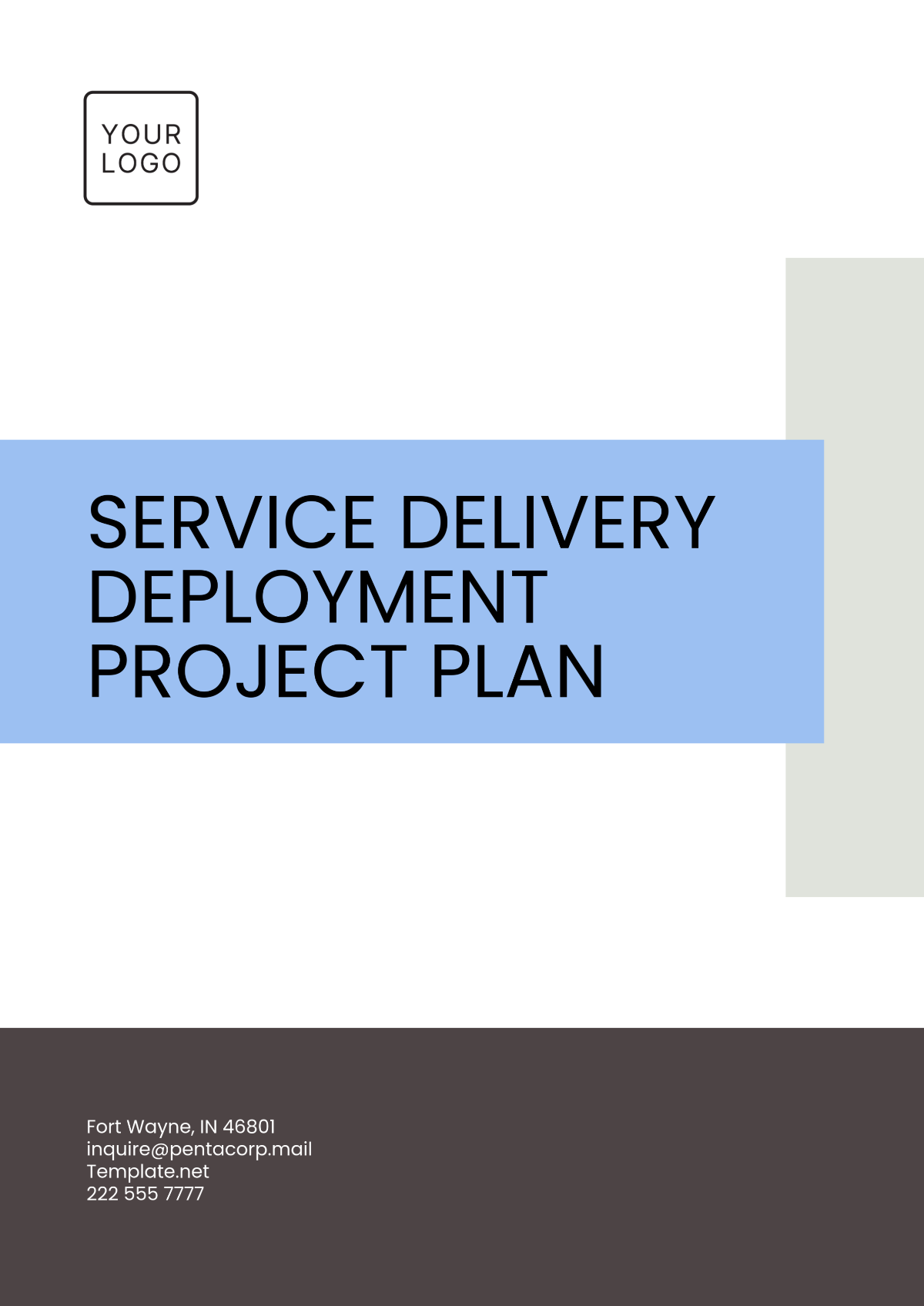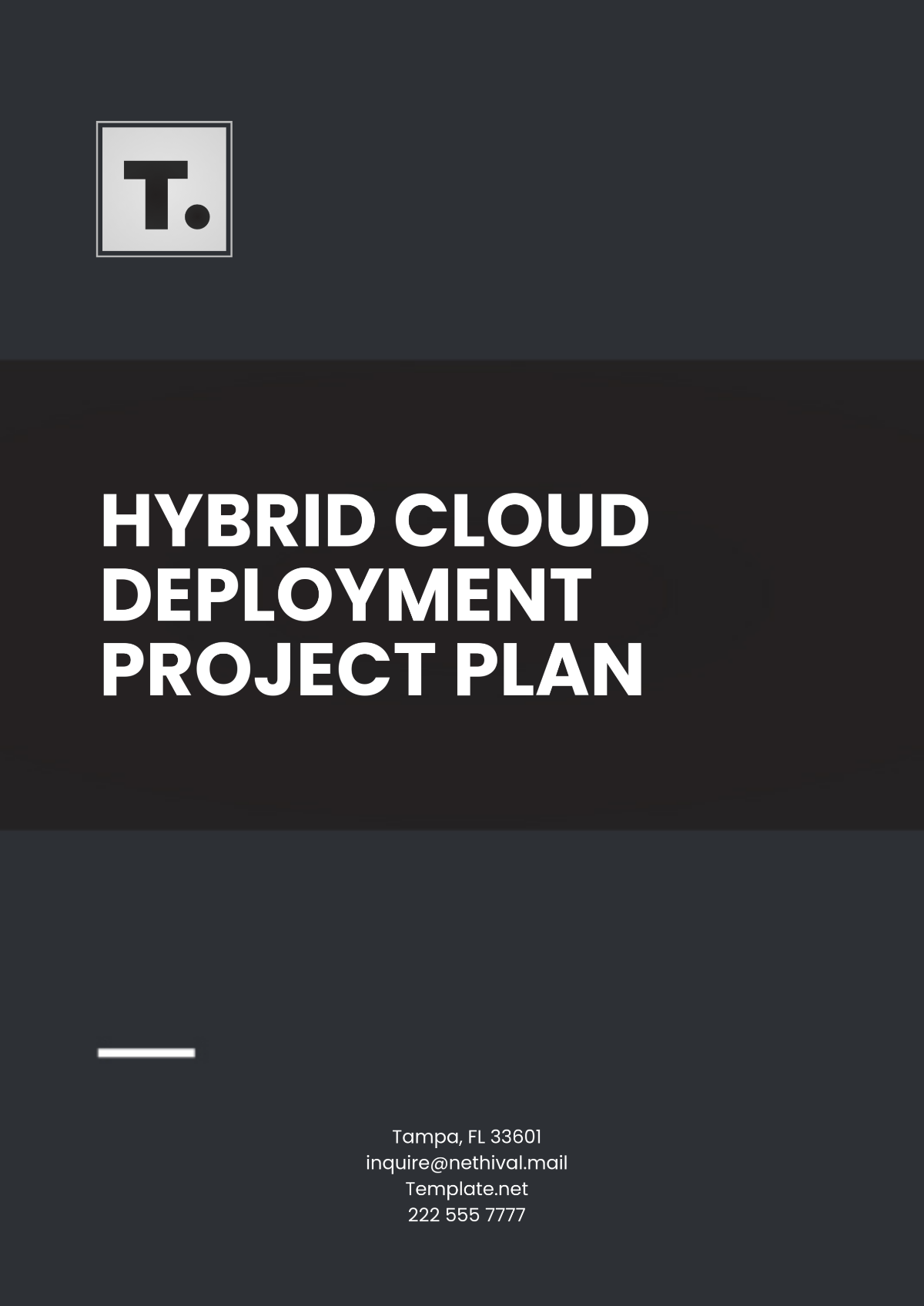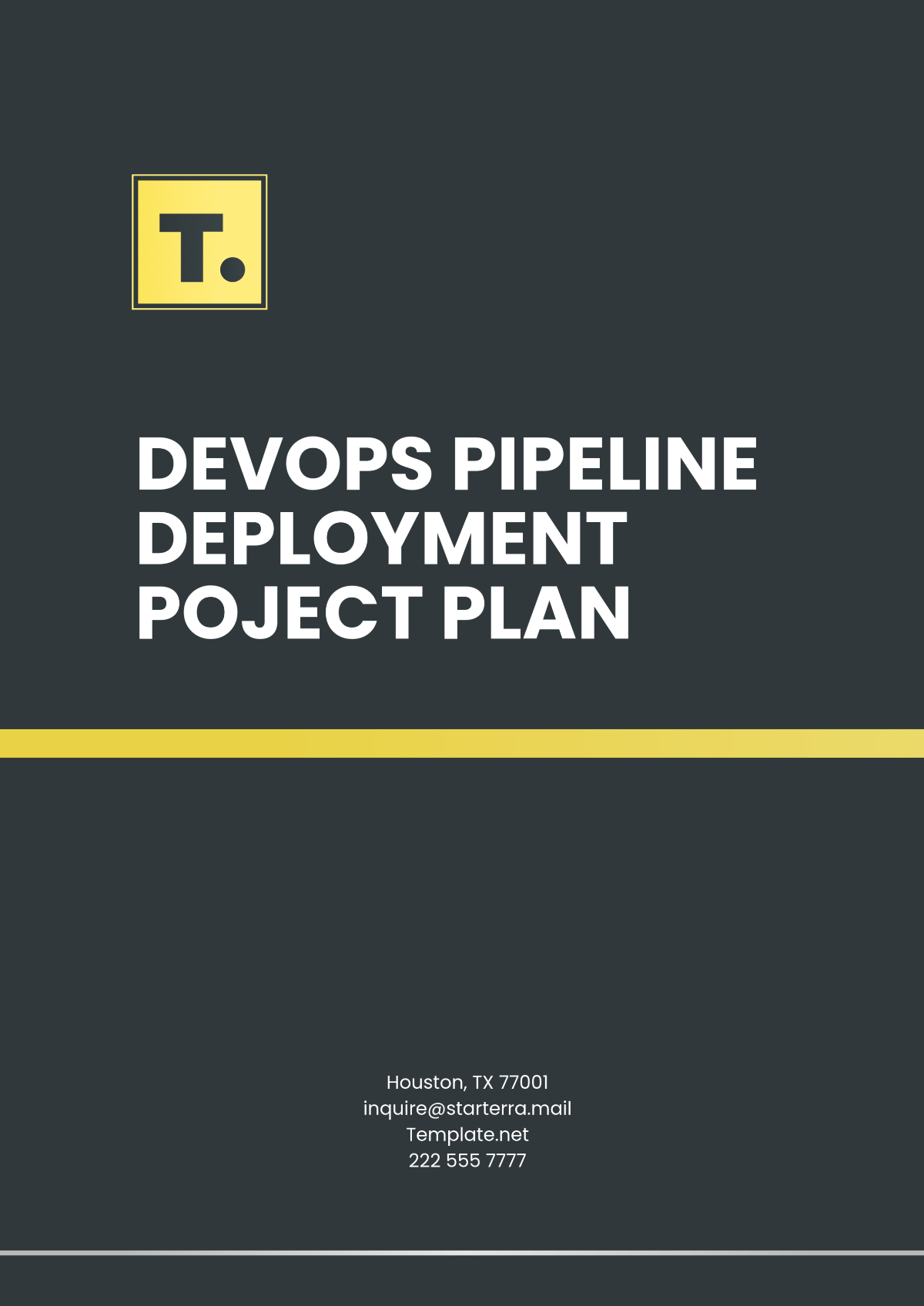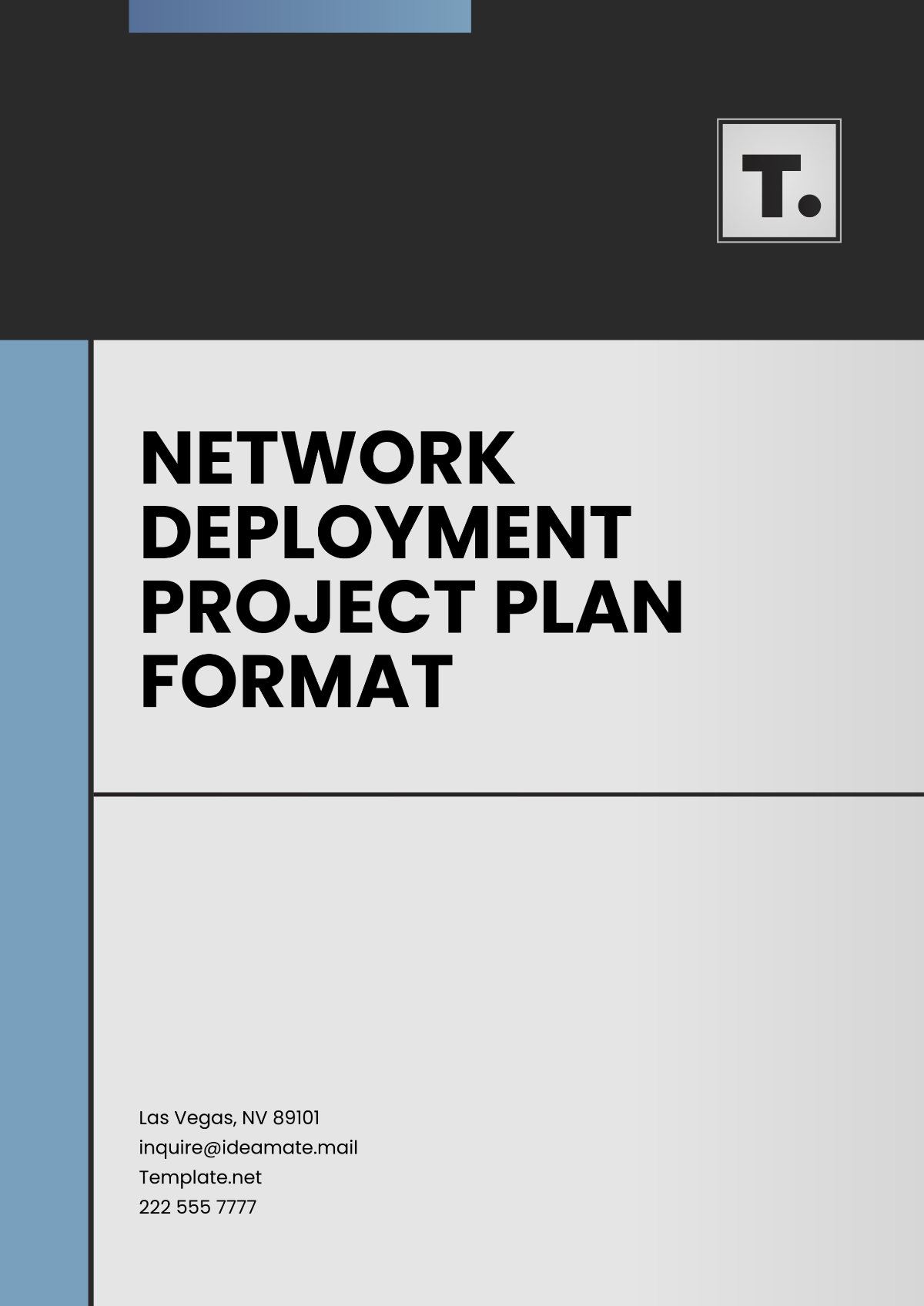Sample IT Deployment Project Plan
Prepared By: [Your Name]
I. Project Overview
This project plan outlines the strategic deployment of the new IT infrastructure for [Your Company Name]. The primary objective is to enhance operational efficiency, streamline workflows, and ensure a robust IT environment that supports future scalability and innovation.
The scope of the project includes the deployment of new hardware, software applications, and enhanced network capabilities across all organizational units. The overarching goal is to complete the deployment with minimal disruption to ongoing business processes, to ensure that the project meets established performance criteria, and is delivered within budget and on schedule.
II. Stakeholders
Role | Name | Responsibilities |
|---|---|---|
Project Sponsor | Johann Harvey | Responsible for project funding and oversight. |
Project Manager | Sigmund Corwin | Coordinates all project activities and resources. |
IT Team Lead | Jolie Cassin | Oversees technical implementations and ensures compliance with IT standards. |
Operations Manager | Trace Durgan | Ensures project alignment with business operations. |
Quality Assurance Analyst | Rocky Orn | Validates the quality and reliability of deployed systems. |
III. Timeline
Milestone | Target Date |
|---|---|
Project Initiation | March 15, 2060 |
Stakeholder Approval | April 1, 2060 |
Deployment Phase 1 | July 20, 2060 |
Comprehensive Testing | October 5, 2060 |
Full Deployment Completion | December 30, 2060 |
IV. Resources
The project will utilize a combination of internal and external resources to ensure effective deployment:
Tools: Project Management Software (e.g., MS Project, Jira), Communication Platforms (e.g., Slack, Microsoft Teams).
Software: Enterprise Resource Planning systems and Customer Relationship Management platforms.
Human Resources: Information Technology specialists, Business analysts, and External consultants.
V. Risk Management
Identifying potential risks early allows the project to implement effective mitigation strategies:
Risk: Deployment delays due to unforeseen technical challenges.
Mitigation: Allocate buffer time for contingencies and establish a rapid response team for quick issue resolution.
Risk: Resistance from end-users.
Mitigation: Implement a thorough change management and training program to increase user adoption rates.
VI. Deployment Steps
The following tasks will be integral to the deployment process:
Preparation: Conduct site assessments and prepare the environment by ensuring all prerequisites are in place.
Installation: Proceed to deploy the necessary hardware and software applications by the predetermined configurations that have been established.
Configuration: Adjust and customize different systems to align them with the organization's specific procedures and workflow, while also meeting the unique needs and preferences of individual users.
Data Migration: Ensure the secure and dependable transfer of existing data sets to the new systems, consistently verifying and preserving the data's accuracy, consistency, and reliability throughout the process.
Integration: Ensure seamless integration of new systems with existing tools and databases.
VII. Testing and Validation
Testing is imperative to ensure that the deployed system meets functional requirements and standards:
Pre-deployment Testing: Conduct unit and integration testing to identify and resolve issues before full roll-out.
Post-deployment Testing: Execute system testing and user acceptance testing to confirm the system's readiness for production.
VIII. Communication Plan
Effective communication is critical for project success. Key components include:
Weekly Status Meetings: All stakeholders will engage in weekly meetings to discuss progress, address issues, and implement action items.
Monthly Reports: Comprehensive reports detailing the progress made each month will be compiled and distributed to everyone involved or invested in the project.
Real-time Updates: Use collaboration tools to provide real-time updates and adjustments to the project plan as necessary.
IX. Post-Deployment Support
After deployment, continued support ensures system performance and user satisfaction:
Maintenance: To maintain system performance and ensure security, it is essential to implement regular updates and apply patches consistently.
Issue Resolution: Establish a help desk to address any technical or operational issues encountered by users.
X. Approval and Sign-off
The final review phase involves a comprehensive assessment to ensure that all project deliverables meet the predetermined objectives and standards. Once verified, the project will be formally signed off by key stakeholders, granting authorization for full operational use.
Final Authorization Date: January 15, 2061



















